

Max Davies
2026 Toyota HiAce review
3 Hours Ago
Mid-life updates are usually small, but no-one told Polestar. The new Polestar 2 has been treated to a significant overhaul under the skin.

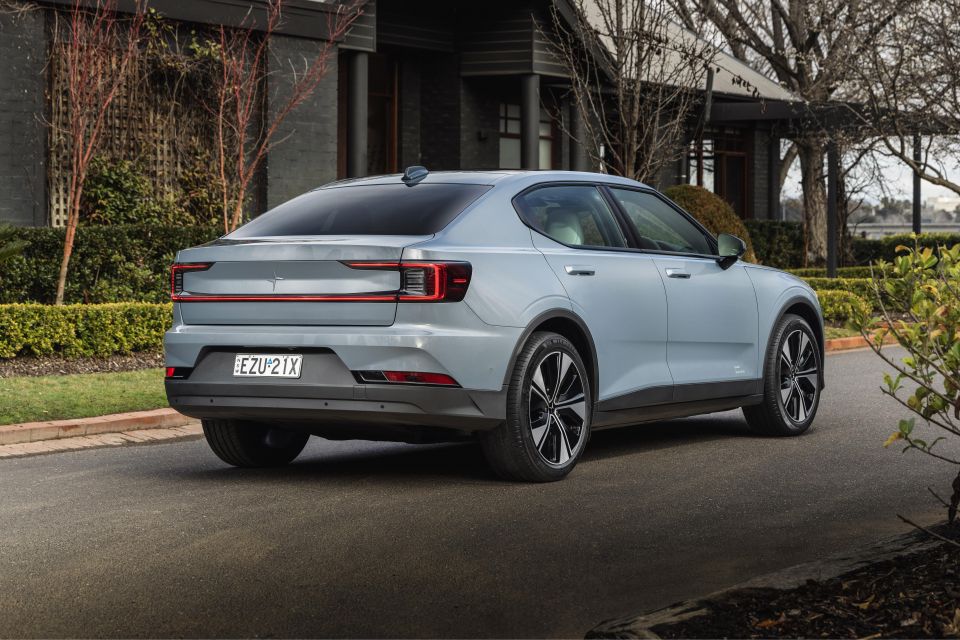

Quickly see how this car stacks up against its competition. Select any benchmark to see more details.
Where expert car reviews meet expert car buying – CarExpert gives you trusted advice, personalised service and real savings on your next new car.
The Polestar 2 has already been treated to a significant update in Australia.

Having launched locally in 2021, then given a styling nip-and-tuck in 2022, the Tesla Model 3 rival has now been overhauled under the skin.
Along with a front end designed to more closely mimic the Polestar 3 and Polestar 4 SUVs, base versions of the 2024 Polestar 2 have been switched from front- to rear-wheel drive.
There’s also more range across the line-up, and more active safety equipment included as standard.
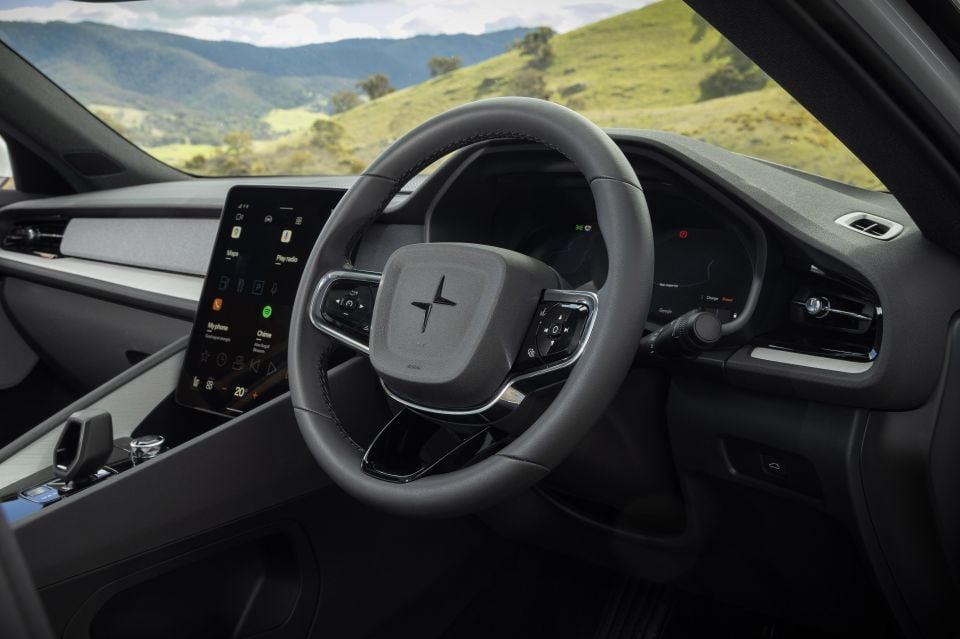
Polestar is facing stronger-than-ever competition from Tesla, which has been cutting prices, along with the likes of Kia, Hyundai, and BMW on the back of improved supply from head office.
Has it done enough to keep the 2 relevant?
Prices are up by between $3000 or $4000 before on-road costs in the updated Polestar 2 range.
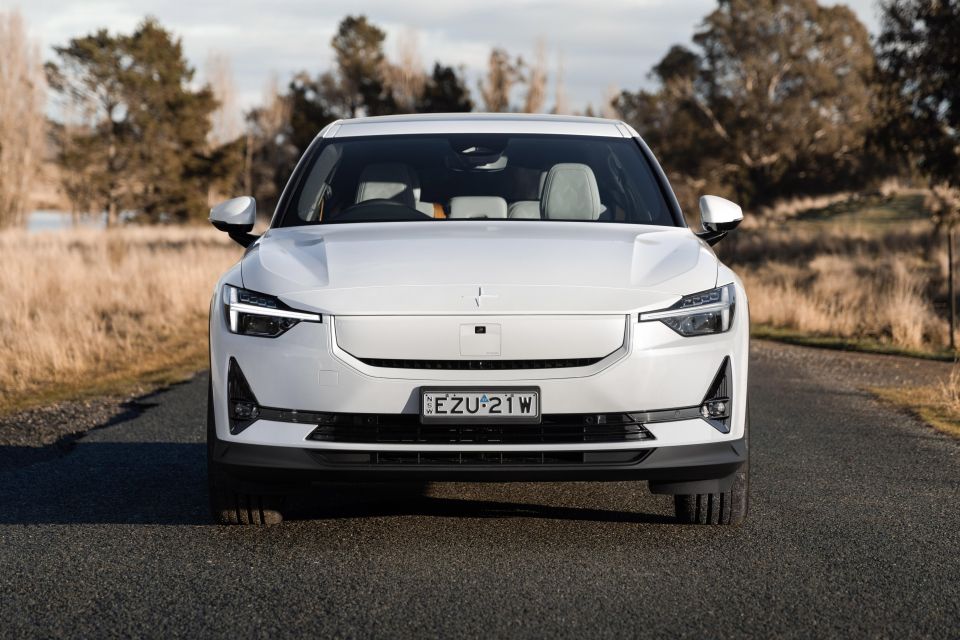
At the bottom end, the Standard Range Single Motor is knocking on the door of Tesla Model 3 Long Range AWD ($70,400) money once you add the Pilot Package. It’s also closing in on the Kia EV6 Air ($72,590) and Hyundai Ioniq 6 Dynamiq ($74,000).
At the top end, the Long Range Dual Motor with Performance Pack goes head-to-head with the Model 3 Performance ($83,400), along with the Kia EV6 GT-Line AWD ($87,590) and Hyundai Ioniq 6 Epiq ($87,288).
2024 Polestar 2 pricing:
All prices exclude on-road costs
Buy your new car without the stress. It's fast, simple and completely free.

Great service from Travis and team, second time I have used this business would not hesitate to recommend them to anyone
Craig C.
Purchased a Ford Ranger in Sunshine Coast, QLD
CarExpert helped Craig save thousands on his Ford Ranger, now let us save you on your next new car.
Find a dealNothing has changed here relative to the 2023 model, save for an update that brings YouTube to the central touchscreen.

That means you can watch CarExpert videos while you charge – we can’t wait to see our view count explode. Otherwise, the good and bad about the PS2 cabin carries over.
There are some interesting materials and design touches that give the Polestar 2 a character of its own. It’s still part of the same family tree, but it’s not a carbon copy of the Volvo XC40 or C40 behind the wheel.
Like on the outside, it feels like a focus has been placed on making the 2 feel almost like a muscle car, with a rising central tunnel, low seating position, and pinched glasshouse. It wraps around you in a way the light, open Tesla Model 3 doesn’t.
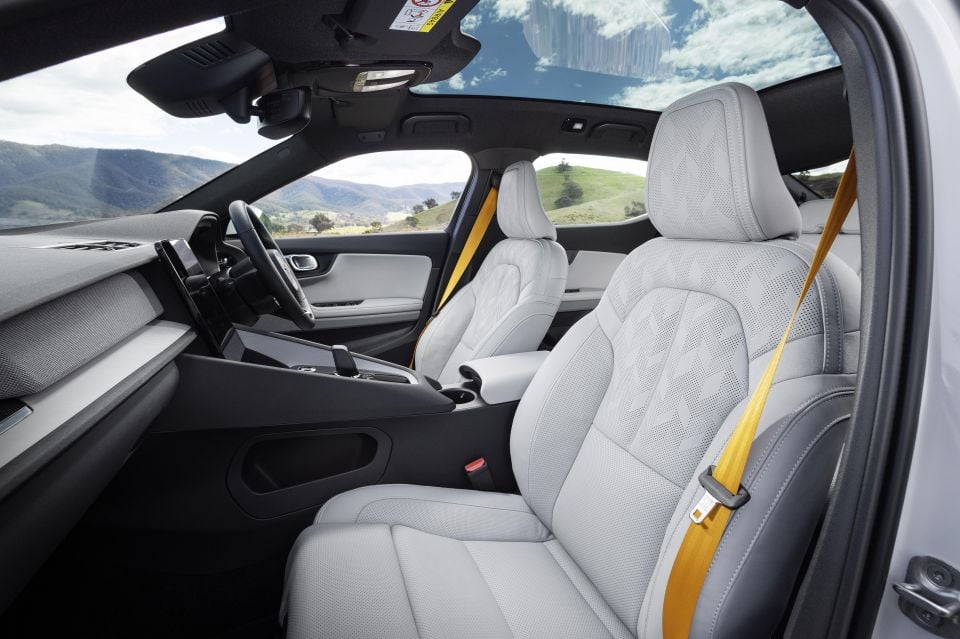
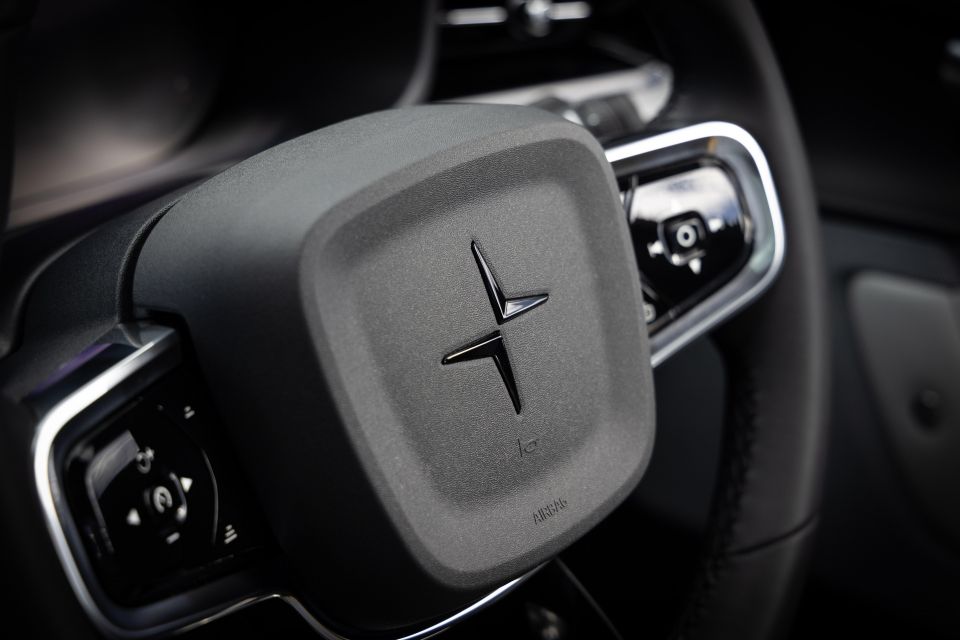
The seats are excellent. They’re pretty to look at, and offer more padding and support than their slim shape would suggest. Although the standard vegan finish is nice enough, the optional Nappa leather really elevates the cabin.
Headroom is solid up front despite the panoramic glass roof, and the low driving position hasn’t come at the cost of forward visibility.
Little drivers won’t have trouble seeing the front corners of the car, although the sloping roofline and pinched glasshouse means there’s a pretty hefty over-the-shoulder blind spot.
At the centre of the cabin is an 11.2-inch touchscreen running Android Automotive software from Google. Unlike Android Auto, which is driven by a connected phone and runs over the top of a carmaker’s in-house software, this system is Google from the ground up, right down to the voice assistant.
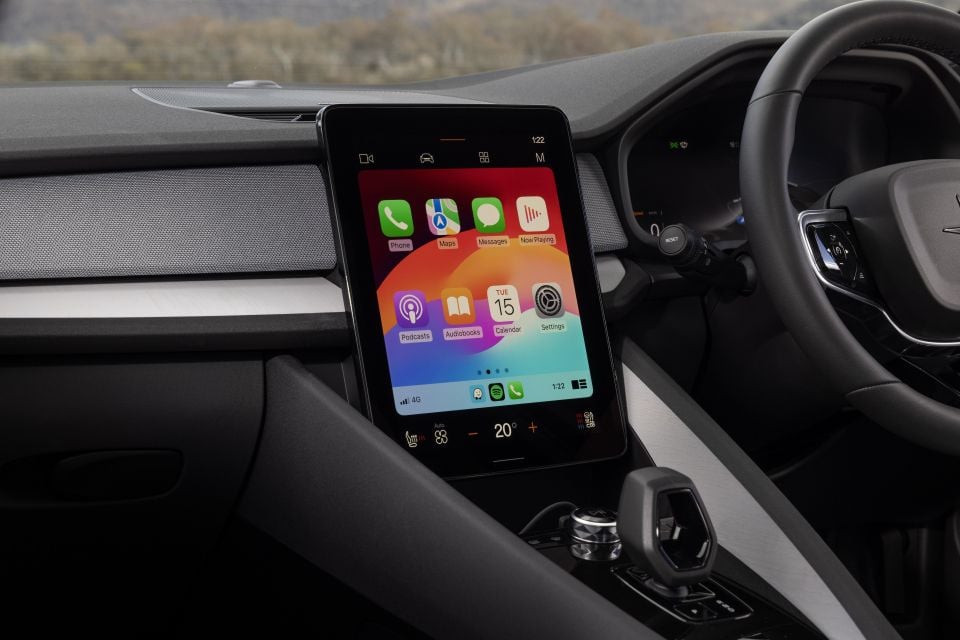
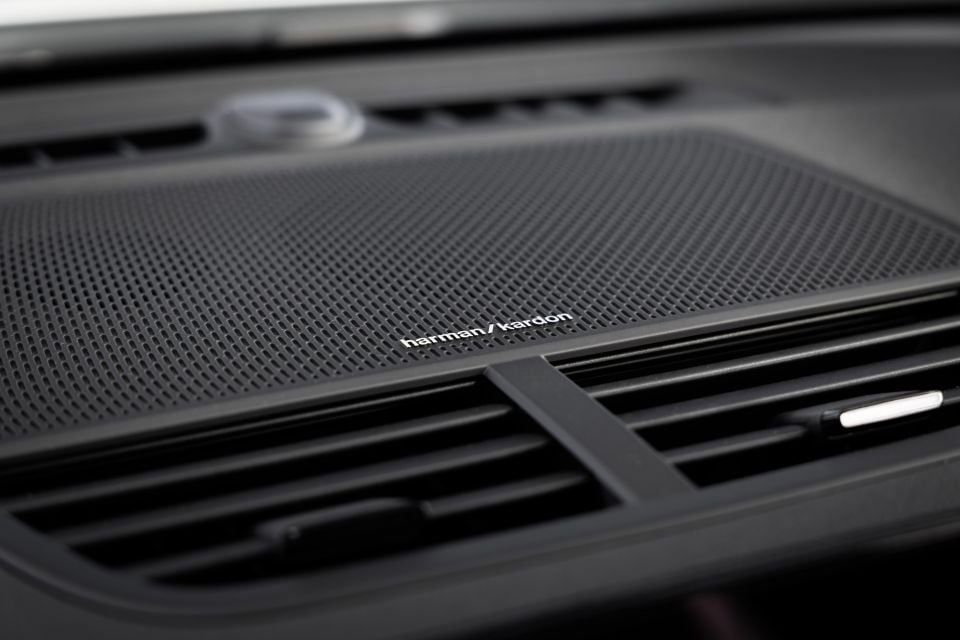
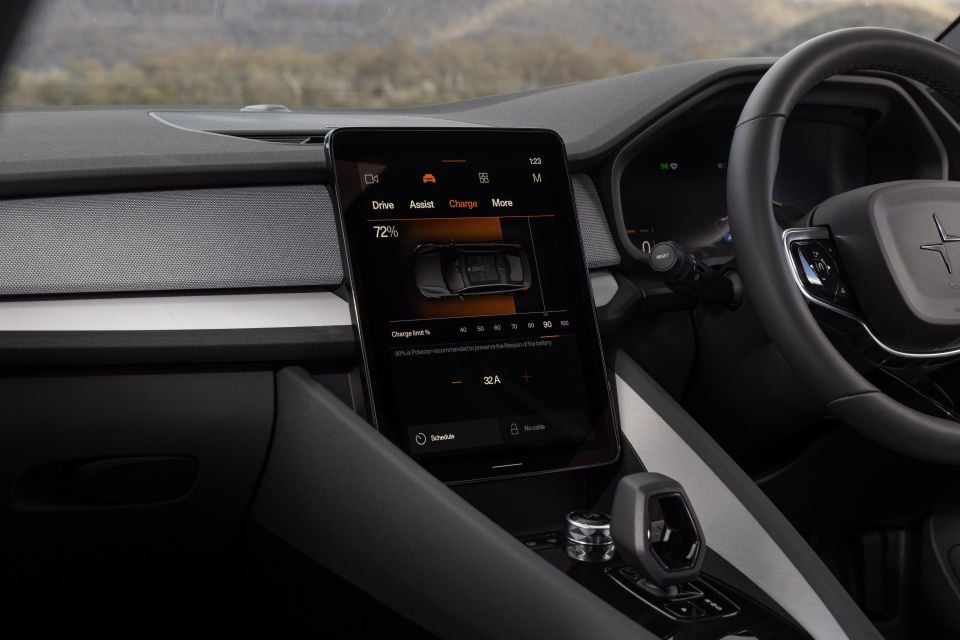
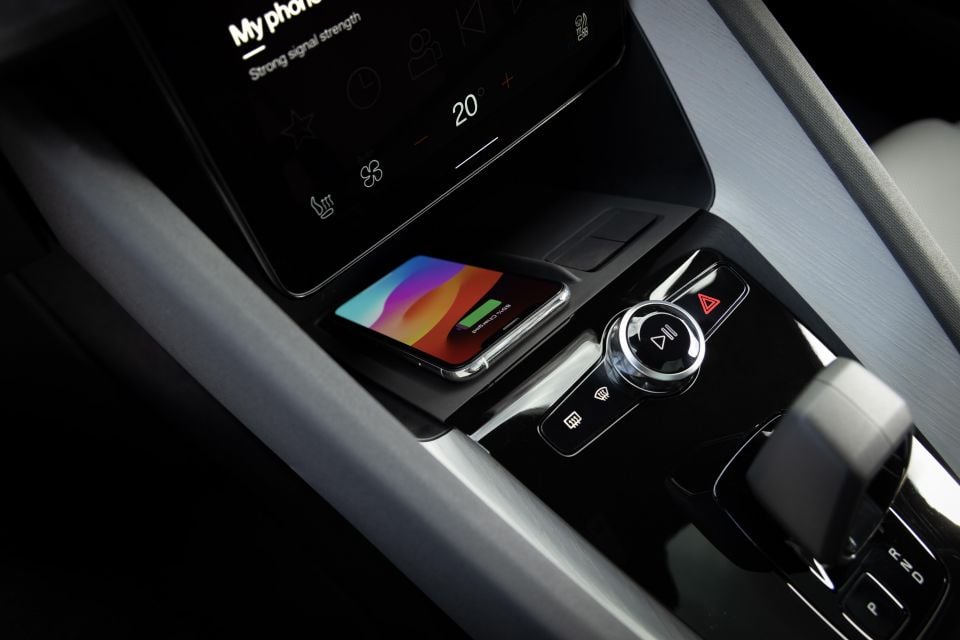
The graphics are modern, the menus are easy to navigate, and responses to inputs are every bit as quick as you’d hope in the iPad era. Unlike some new cars, this won’t have you yearning for physical buttons.
Hey Google voice inputs are more useful than Hey BMW or Hey Mercedes, given the car is connected to the world’s biggest search engine.
Google Maps are still the industry best, and having Spotify built natively into the car is great. Also great is over-the-air update capability, which should keep the system fresh (and can even unlock more power) as driver demands evolve.
Already Polestar has added YouTube capability and wired Apple CarPlay to the system, as part of a suite of 17 updates since the car launched. Also new is Apple Maps integration into the driver display.
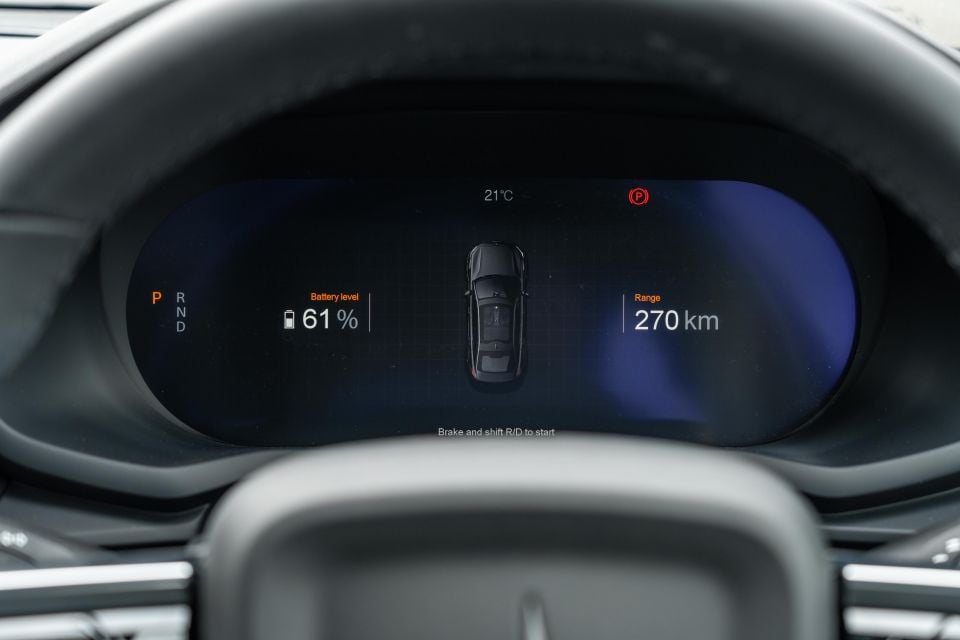
Speaking of which, the driver is faced with a simple, clean display that shows speed, range, power, and mapping. You aren’t bombarded with battery readouts and range predictions, which makes it easier to drive rather than worrying about your battery.
There are a few oversights up front. For one, storage is frustratingly limited. There’s a small bin under the armrest, but it’s not big enough for sunglasses or snacks, and the rising transmission tunnel doesn’t have space for bags beneath it.
One benefit of going electric is the freedom afforded to interior designers by flat-floored platforms, but the 2 is built on a converted internal-combustion chassis. As a result, it feels a bit compromised.
It’s a mixed bag in the second row. Rear legroom is accomodating enough for average-sized adults, but it’s a bit tight back there behind taller drivers. Headroom is better than expected given the panoramic glass roof and there’s space for kids or tall-ish teenagers, but adults will feel a bit cramped.
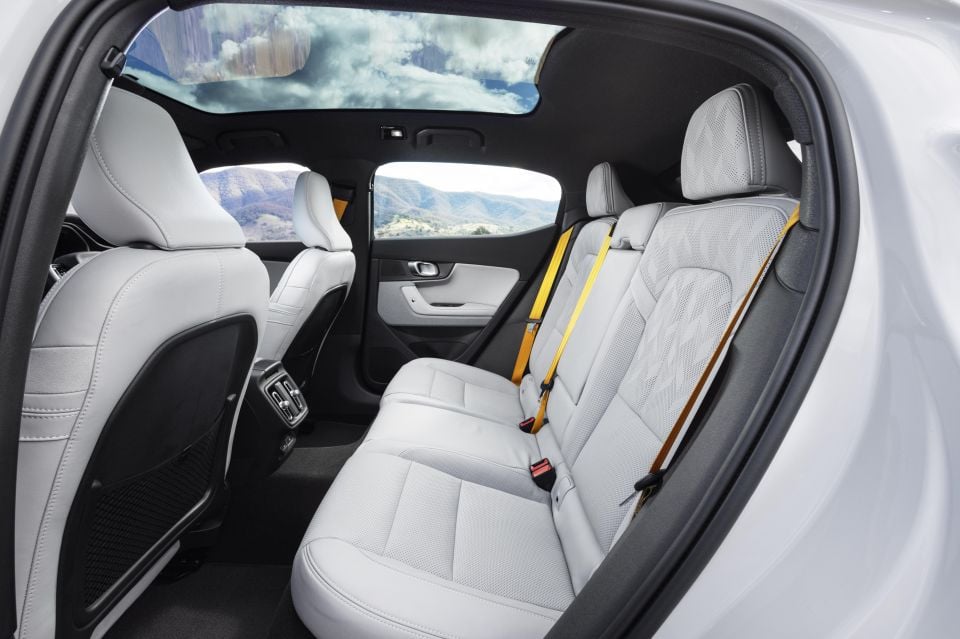
The middle seat is a total write-off, with a narrow cushion and no foot room thanks to the internal-combustion legacy hump on the floor.
With a slim window line and sharply-raked roofline, it feels a bit dark and claustrophobic back there, and the rear door opening is pretty tight. On the plus side, there are air vents and two USB-C ports back there. You also get heating with the Plus Pack.
A Model 3 is more accomodating in the rear, thanks in no small part to its longer body and wheelbase.
If you’re loading in kids the tight doors and limited space behind the seats both make life quite hard, although there is a trio of top-tether points and a pair of ISOFIX.

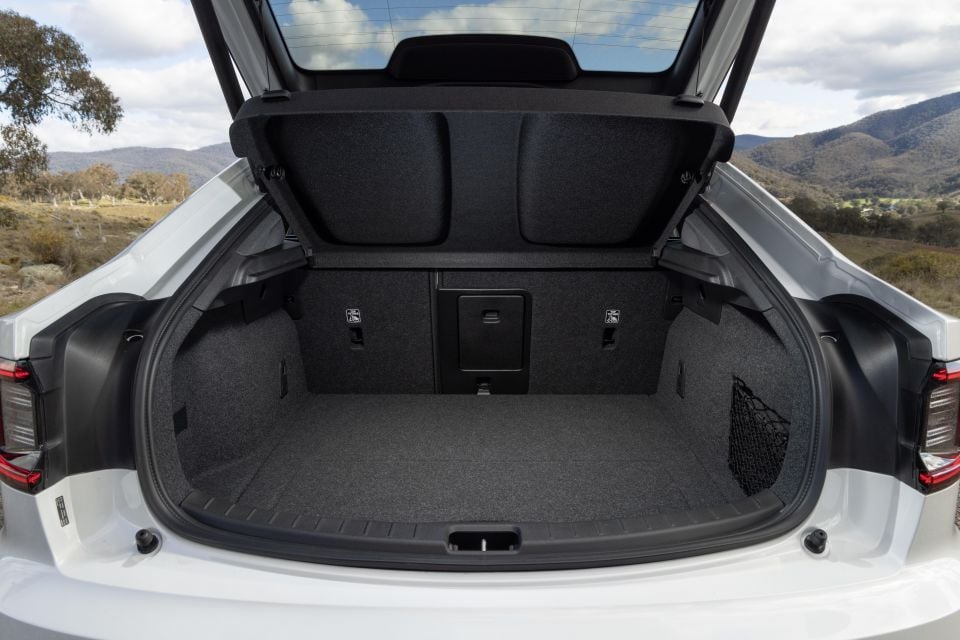
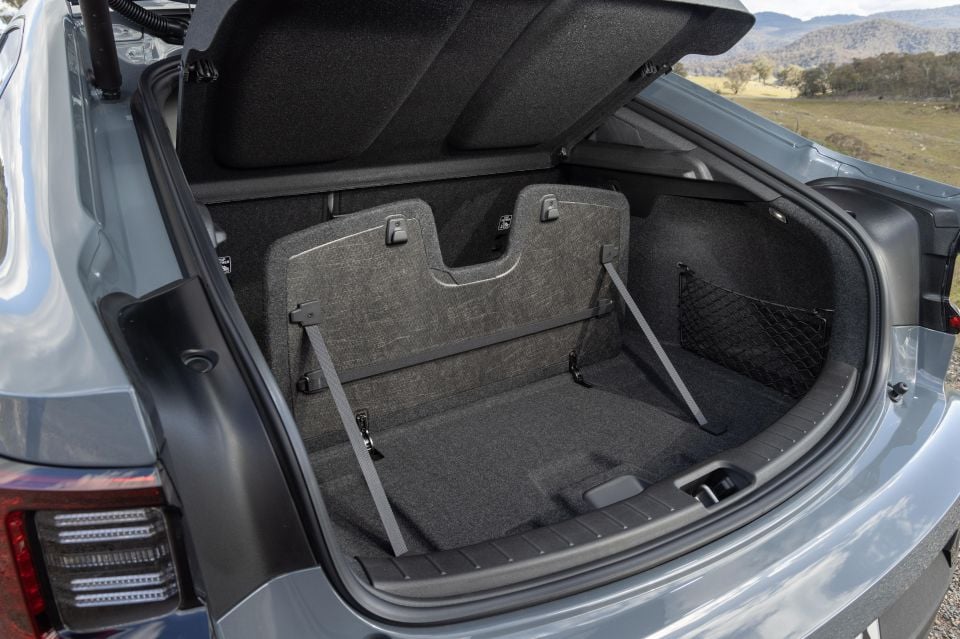

Space beneath the powered hatchback is decent, although it’s not standout. The load bay is flat and broad, and there’s a decent cubby beneath it for charge cables or valuables.
You get 40L of space under the bonnet, which is another nod to its internal-combustion origins. It’s also up around 10L on the front-wheel drive car.
The rear seats fold 60/40, and there’s a ski port in the middle for longer items. Boot space with the seats in place is 405 litres, expanding to 1095 litres with them folded flat.
The updated Polestar 2 produces 200kW of power and 490Nm of torque in Single Motor variants, good for a 0-100km/h time of 6.4 seconds (6.2s in the Long Range Single Motor).
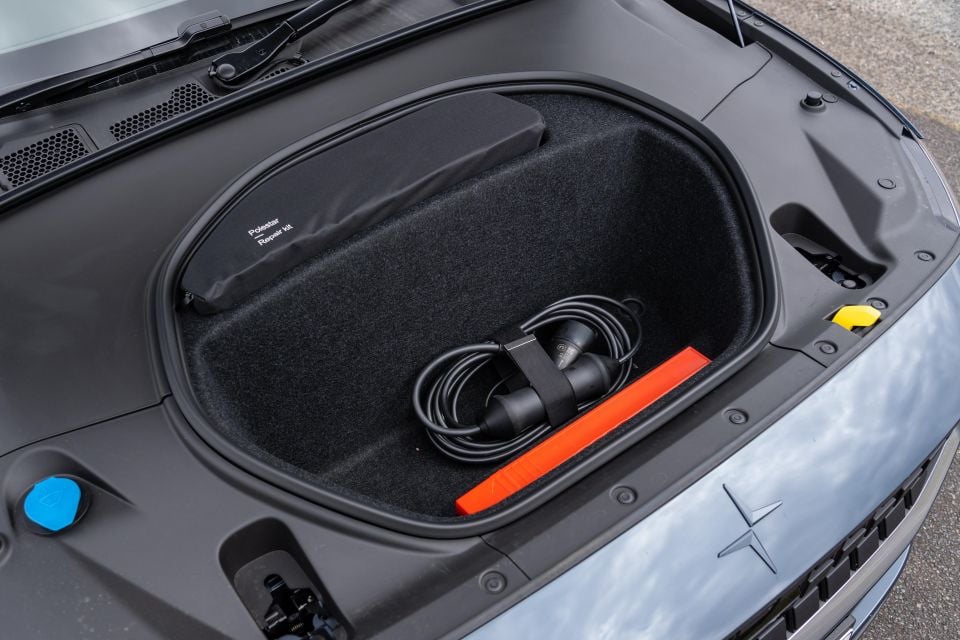
The Long Range Dual Motor produces 310kW and 740Nm with a 0-100km/h time of 4.5 seconds, with the Performance Pack bumping power to 350kW and cutting the sprint time to 4.2 seconds.
Power is sent to the rear wheels in single-motor variants, and to all four wheels in dual-motor variants.
The Standard Range Single Motor features a 69kWh battery, while all other variants have an 82kWh battery. All use nickel-manganese-cobalt chemistry.
The Polestar 2 can be DC fast-charged at up to 135kW with the 69kWh battery (10-80 per cent in 34 min), and 205kW with the 82kWh battery (10-80 per cent in 28 min). Both batteries can be charged at up to 11kW on AC power.
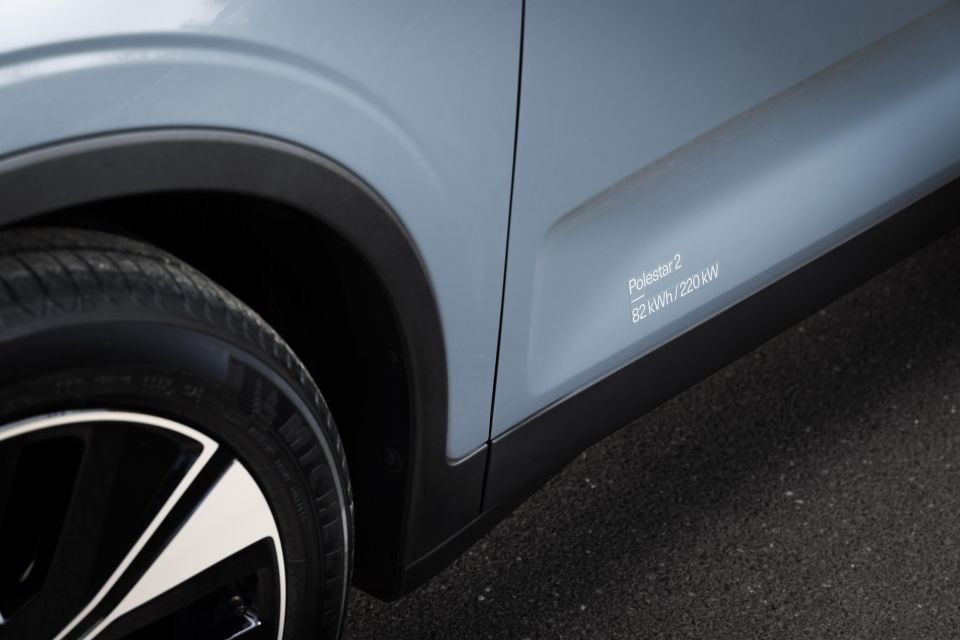
WLTP range for the 2024 Polestar 2 line-up is as follows:
WLTP energy consumption is as follows:
We drove the Long Range Single Motor for the majority of our launch, along with a spin in the Long Range Dual Motor.
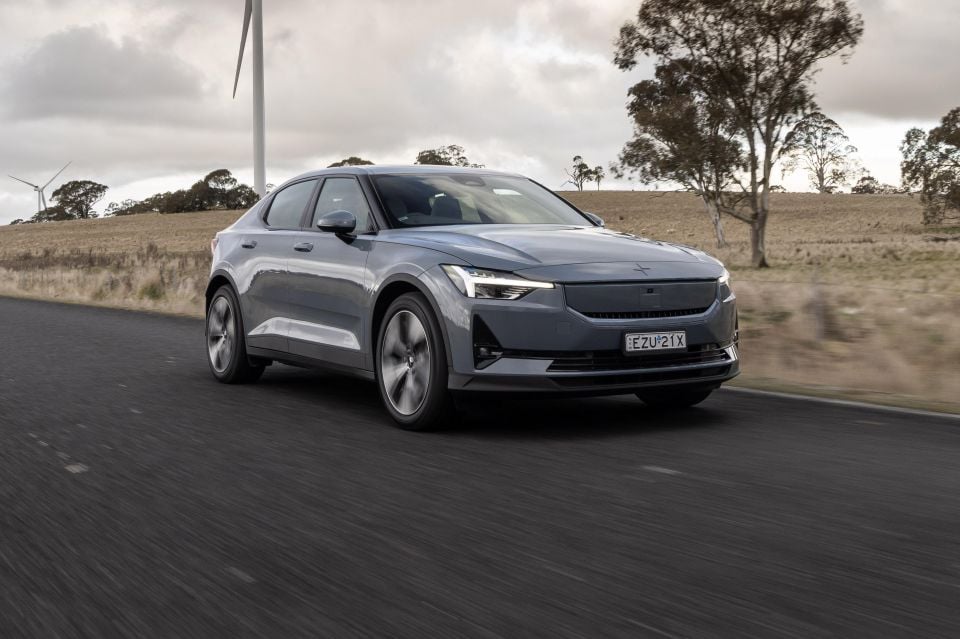
Even if you’re just pottering around the city, the updated Polestar 2 immediately feels different to its predecessor.
Although it’s been treated to a healthy power bump for 2024, the switch to rear-wheel drive means you can actually use that power more easily, more often.
Put your foot down in the old PS2 and the steering wheel would tug and pull in your hands – commonly known as torque steer – like an old-school hot hatch. The 2024 car hooks up and goes with no fuss, which makes it feel more cohesive from the second you take off.
It’s fast, too. A 6.2-second sprint to 100km/h makes the PS2 faster than a Golf GTI away from the lights, and it feels it.
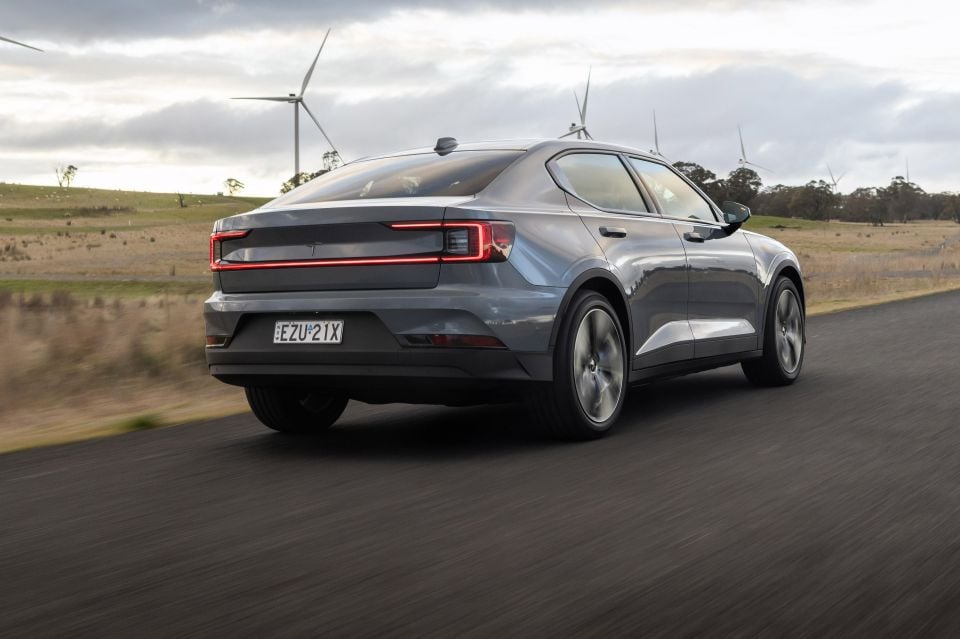
Where expert car reviews meet expert car buying – CarExpert gives you trusted advice, personalised service and real savings on your next new car.
Lift off the accelerator and the regenerative braking, which slows the car down using the electric motors to harvest energy usually wasted under brakes, has also been refined. You can still get around without touching the brake pedal, but the braking force builds more gradually which makes it easier to be smooth.
Even with regenerative braking turned off, the brake doesn’t have the same awkward, wooden feeling you get in some electric cars.
Also improved for 2024 is the ride. Polestar says changes to the suspension hardware are minimal, but from behind the wheel the Long Range Single Motor in particular is more relaxed than before.
It still feels like a sporty little car, but it’s more relaxed over the sort of potholes and big bumps that made passengers feel uncomfortable in the pre-update model, which makes it easier to drive day-to-day.
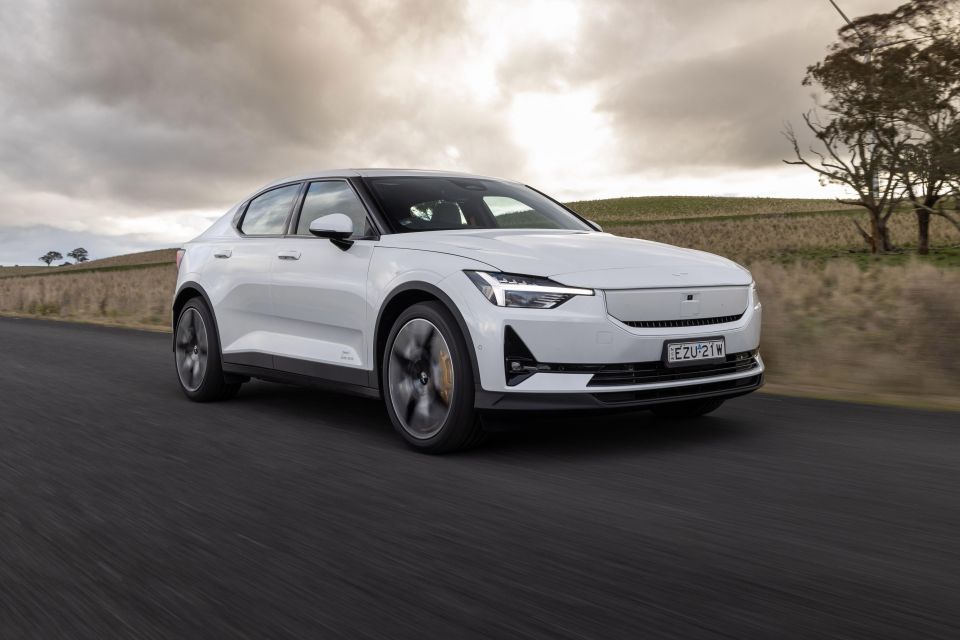
At highway speeds, the Polestar feels like a bigger car. It’s rock solid at 100km/h on country highways, although there is a bit of road roar from the tyres on coarse-chip roads to undermine the refinement. It’s better than similarly-priced petrol hatches from the likes of BMW and Mercedes-Benz, however.
Aiding long haul refinement is one of the smoothest, smartest radar cruise control systems out there, and the active steering does a great job keeping you between the white lines… provided you have the right options boxes ticked.
The fact the system optional is absolutely baffling, especially given Polestar’s link to safety obsessed Volvo. The PS2 isn’t cheap when you consider Tesla Australia’s sharper-than-ever pricing, and having to pay $3500 for functionality that’s standard on significantly cheaper, lower-tech petrol and diesel cars further undermines the value equation.
As for the handling? There’ll be some owners who don’t notice the difference, but anyone who does enjoy driving will appreciate the change to rear-wheel drive.
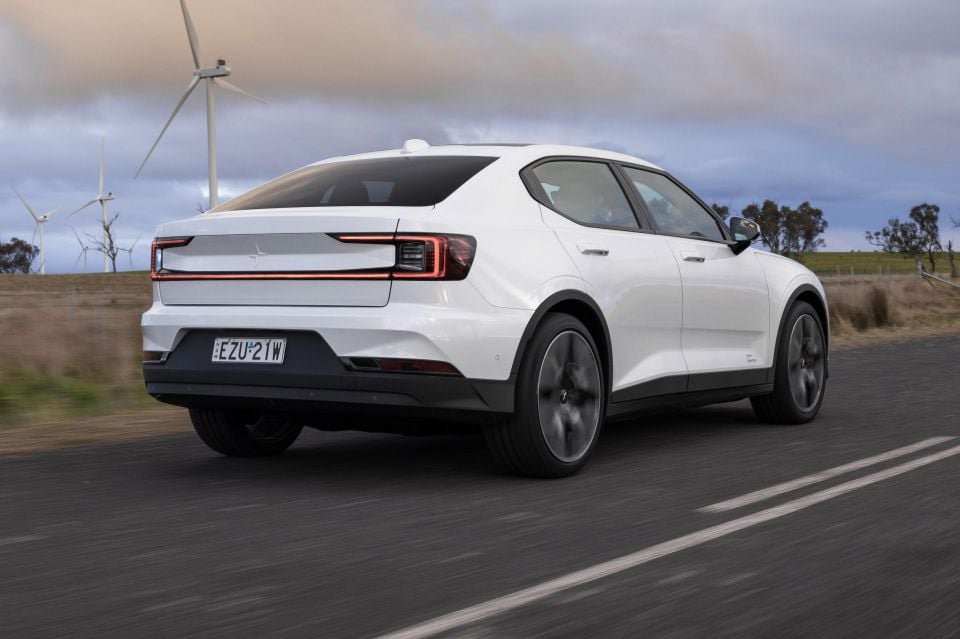
While the steering doesn’t really offer any information about what the front wheels are doing in any of its three modes, there’s plenty of grip from the Michelin tyres, and Polestar has done a good job hiding the fact the 2 weighs over 2000kg.
Flicking the stability control into Sport will even let you slide the car… a little bit. There’s some fun to be had in this EV.
Our time in the range-topping Dual Motor Performance was limited, but revealed it still squeezes you back in the seat determinedly when you put your foot down. Polestar says it has tweaked the setup of the (manually) adjustable Öhlins dampers to offer more compliance on Australian roads, but it’s still firmer than the regular model.
There’s no getting away from the cool factor on offer from the Öhlins dampers, yellow highlights, and extra punch on offer, but there’s enough fun to be had in the rear-wheel drive model – along with more range.
The Polestar 2 range consists of three different powertrains, and there are a collection of option packages that can be added.
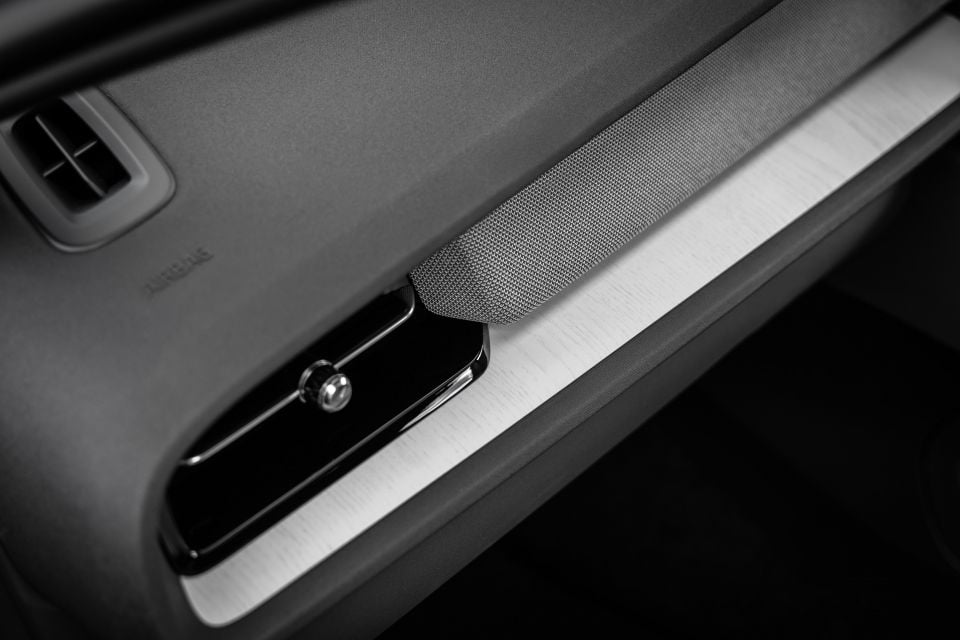

All models come standard with the following:


The Plus Pack ($6000) adds:
The Pilot Pack ($3500) adds:
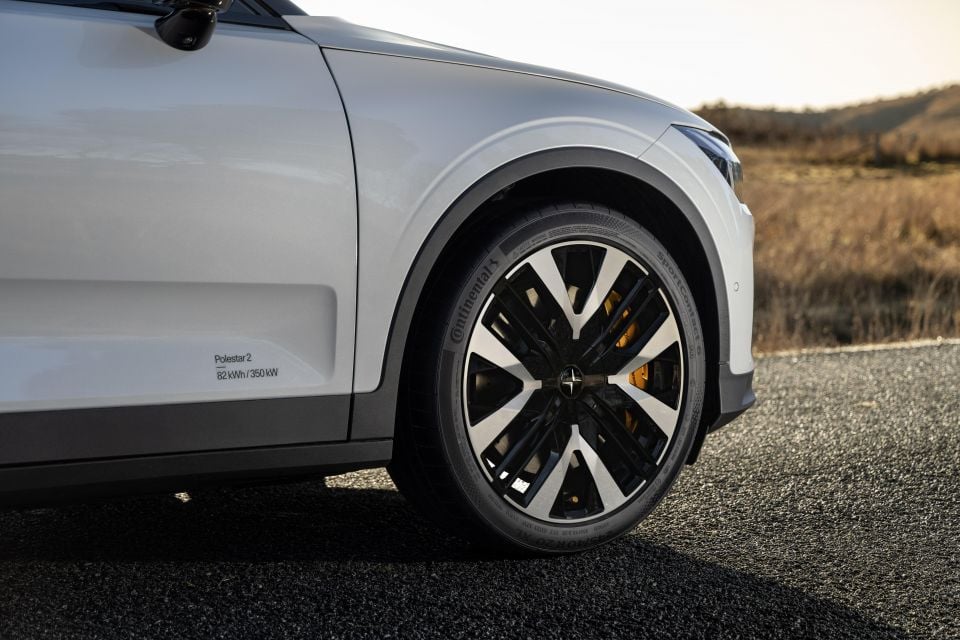
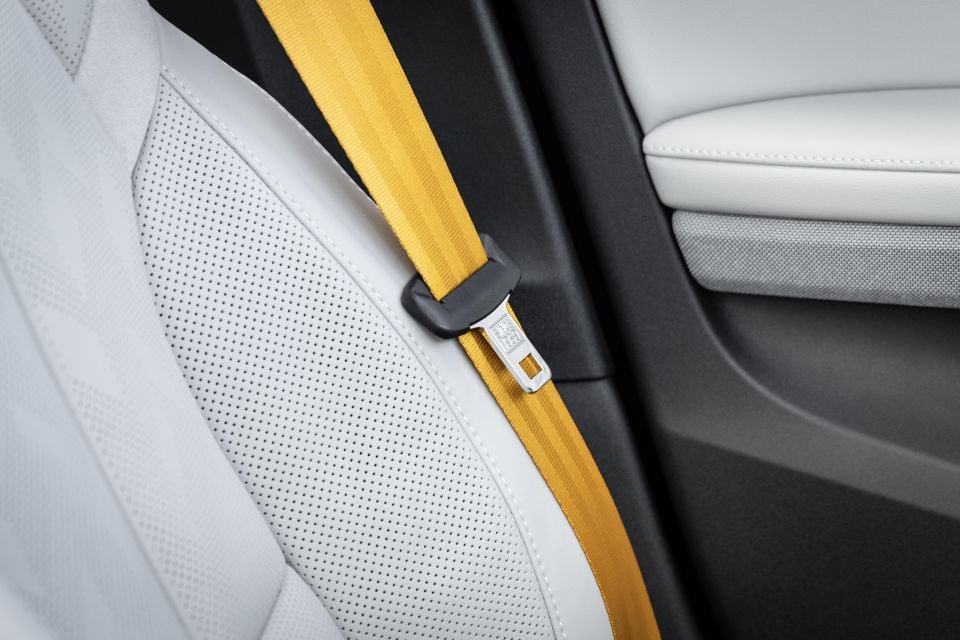
The Performance Pack ($9000) for the Long Range Dual Motor adds:
Standalone options, depending on the variant, include:
The Polestar 2 has a five-star ANCAP safety rating, based on testing conducted in 2021.
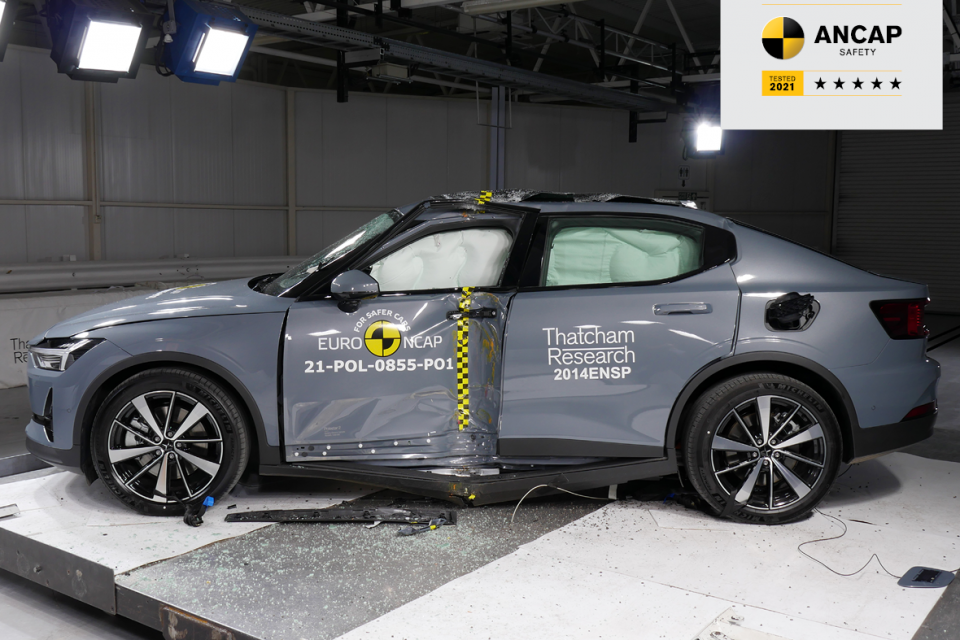
It received an adult occupant protection rating of 92 per cent, a child occupant protection rating of 87 per cent, a vulnerable road user protection rating of 80 per cent, and a safety assist rating of 82 per cent.
Standard safety equipment includes:
The Polestar 2 is backed by a five-year, unlimited-kilometre warranty.

There’s also an eight-year, 160,000km warranty for the battery, with a promised 70 per cent state of health at the end of this period.
All models come with free servicing and roadside assistance for five years.
This is more than a mid-life freshen up; the 2024 Polestar 2 feels like a new car in a number of key ways.
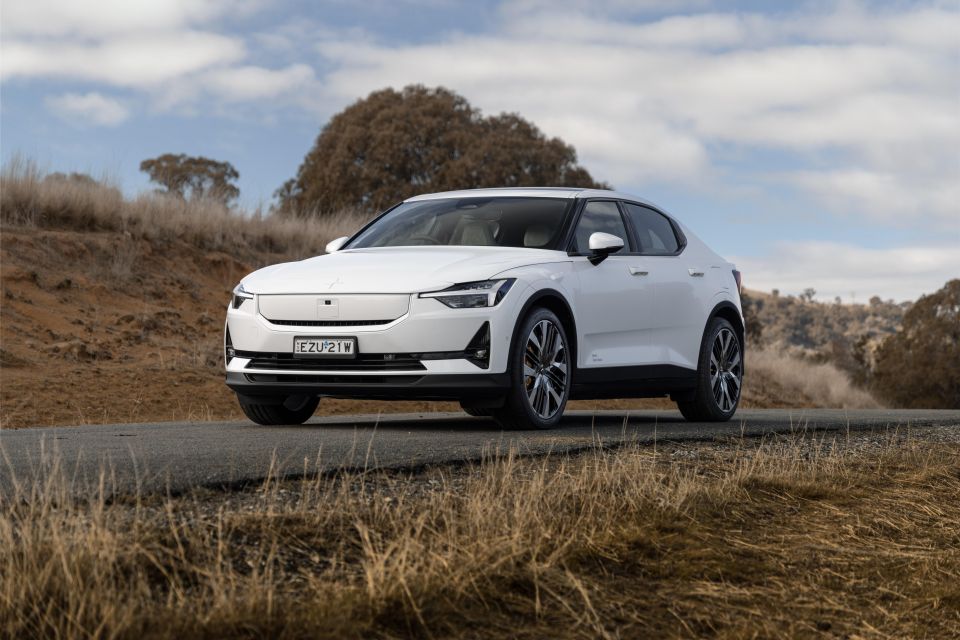
It’s not just keen drivers who will appreciate the switch to rear-wheel drive, either.
The new PS2 is faster in a straight line, more comfortable on rough roads, and more energy efficient than before, all of which are changes that make it a more appealing rival to the wildly popular Tesla Model 3.
The Long Range Single Motor shapes as the smart pick of the range, provided all-wheel drive isn’t a non-negotiable. On paper, it’s the longest-range electric car on sale in Australia today.

Unfortunately, the changes under the skin don’t extend quite far enough to fix all our gripes with the 2.
It’s still more suitable for couples who use the rear seats occasionally than families, and the packaging up front still leaves a bit to be desired – stylish though it is, we’d love more storage space. The fact adaptive cruise is buried in an options package is also hard to reconcile.
Like before though, the Polestar 2 is an appealing alternative to the swarm of Tesla Model 3s taking over Australian roads – but now, it’s more appealing than ever.
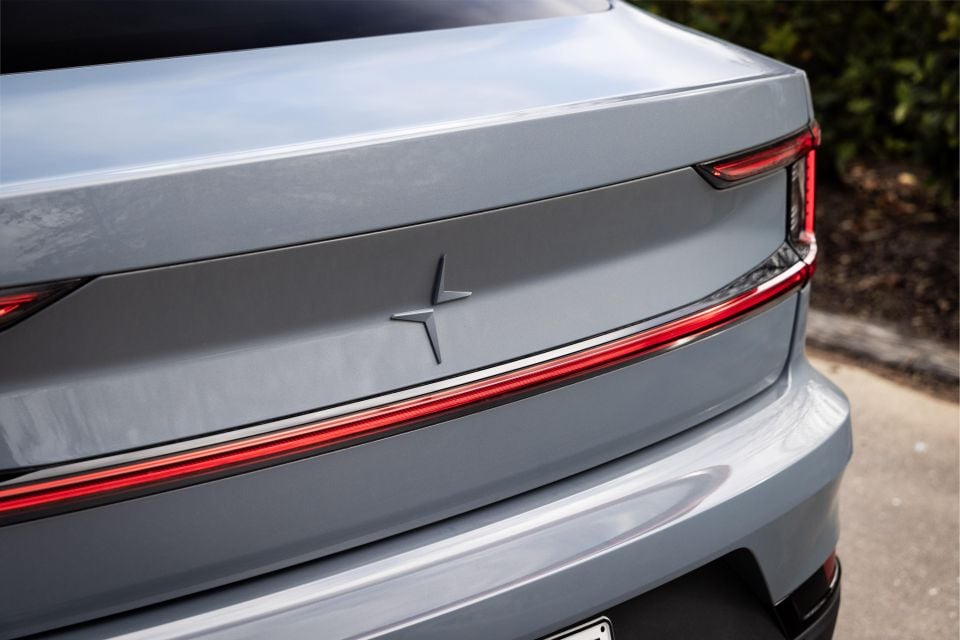
Click the images for the full gallery
MORE: Everything Polestar 2
Where expert car reviews meet expert car buying – CarExpert gives you trusted advice, personalised service and real savings on your next new car.
Scott Collie is an automotive journalist based in Melbourne, Australia. Scott studied journalism at RMIT University and, after a lifelong obsession with everything automotive, started covering the car industry shortly afterwards. He has a passion for travel, and is an avid Melbourne Demons supporter.


Max Davies
3 Hours Ago


William Stopford
19 Hours Ago


Ben Zachariah
20 Hours Ago


Derek Fung
20 Hours Ago


Matt Campbell
1 Day Ago


William Stopford
2 Days Ago